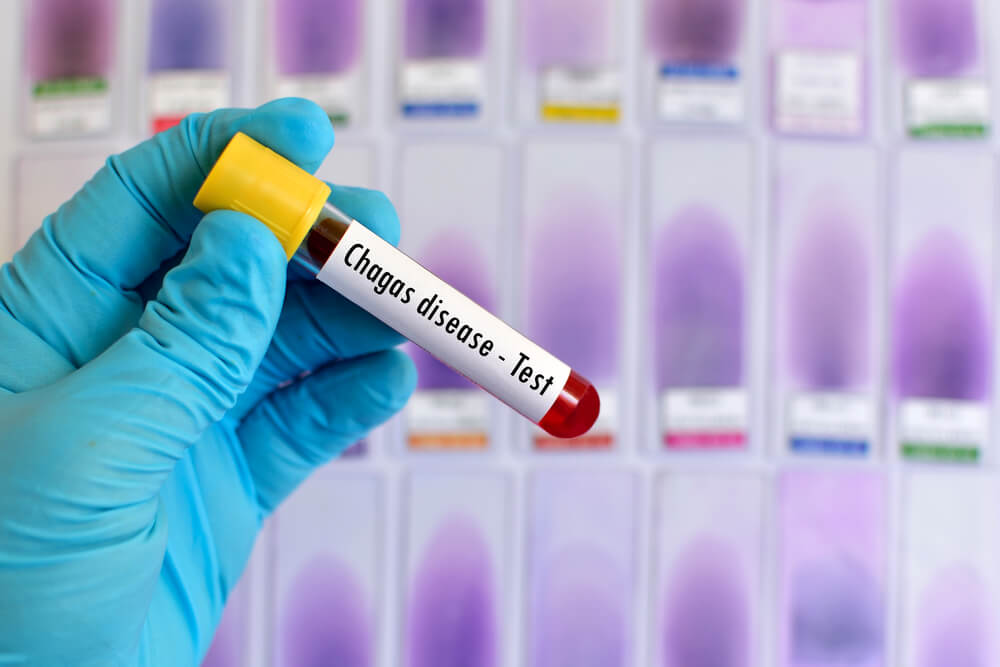DIAGNOSIS
Your doctor may ask you some questions about the symptoms you are experiencing and the factors that may cause you to experience some signs and symptoms of Chagas Disease.
If you already have the symptoms, blood tests may confirm the existence of the parasite, T. cruzi.
If you are identified as someone who has Chagas Disease, you are expected to go through tests to find out if the said disease has reached the chronic phase. Here are some of the tests:
- Chest X-ray– this process will tell your doctor if your heart has increased in size.
- Upper Endoscopy– a method in which an endoscope (a thin tube), will transfer some pictures of your esophagus into the screen.
- Abdominal X-ray– a method where radiation is capturing images of your colon, intestines, and stomach
TREATMENT
Benznidazole and Nifurtimox are medications that are said to be effective in healing if given as soon as possible after experiencing the beginning of the acute phase. Children ages 2 to 12 are allowed to use Benznidazole, but it is not yet accessible in pharmacies. While Nifurtimox is not yet approved by the FDA, in the regions that are affected by Chagas disease, these drugs are accessible.
When Chagas disease reaches the chronic phase, drugs won’t cure the disease. The people aged 50 and below may still be given drugs because it might help slow down the development of the disease.
If you live in an area where there are vast chances of having Chagas disease, these ways may help avoid having the infection:
- Using insecticide for bugs
- Usinginsect repellent on your skin


